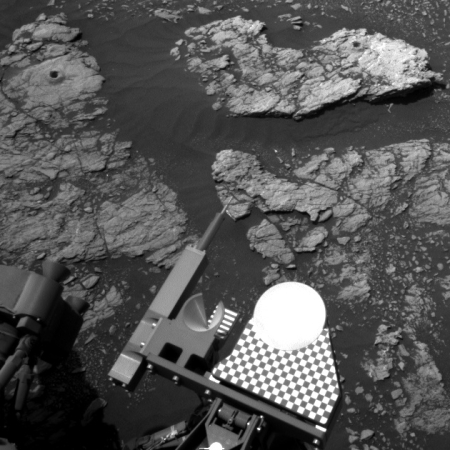Rocket Lab completes second commercial launch in 2019
Capitalism in space: Rocket Lab has successfully placed three Air Force technology satellites in orbit.
This is their second commercial launch in 2019, and fifth successful launch overall. They have said that they plan a total of 16 launches this year. With eight months left in the year and 14 launches to go, they will have to up their pace to more than once per month pretty soon. As this is their announced intention, their launch rate should accelerate before the year is out.
One more interesting detail: With this launch they have now put 28 small satellites in space, on five launches. At this pace they are beginning to match, in a different way, the capabilities of larger rockets that can launch that many smallsats on a single rocket. Rocket Lab might be more expensive per satellite, but provides each launched satellite a more customized service, including more flexibility in orbital choice and a far more reliable schedule.
The leaders in the 2019 launch race remain unchanged:
6 China
5 SpaceX
4 Europe (Arianespace)
3 Russia
However, the U.S. has now widened its lead over China to 10 to 6.
Capitalism in space: Rocket Lab has successfully placed three Air Force technology satellites in orbit.
This is their second commercial launch in 2019, and fifth successful launch overall. They have said that they plan a total of 16 launches this year. With eight months left in the year and 14 launches to go, they will have to up their pace to more than once per month pretty soon. As this is their announced intention, their launch rate should accelerate before the year is out.
One more interesting detail: With this launch they have now put 28 small satellites in space, on five launches. At this pace they are beginning to match, in a different way, the capabilities of larger rockets that can launch that many smallsats on a single rocket. Rocket Lab might be more expensive per satellite, but provides each launched satellite a more customized service, including more flexibility in orbital choice and a far more reliable schedule.
The leaders in the 2019 launch race remain unchanged:
6 China
5 SpaceX
4 Europe (Arianespace)
3 Russia
However, the U.S. has now widened its lead over China to 10 to 6.


